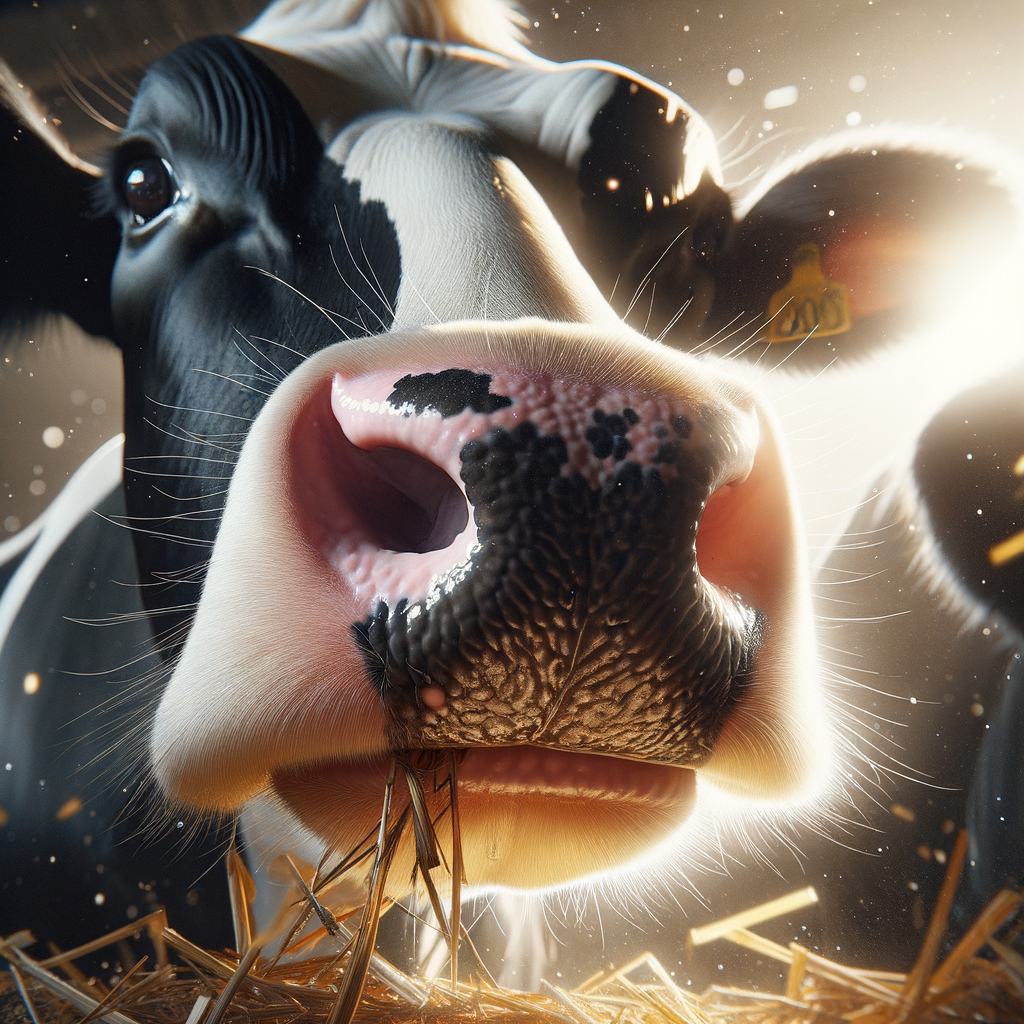The Revolutionary Arrival of CRISPR Gene Editing in Agriculture
Imagine a world where our meat comes from farm animals that are genetically engineered to be immune to certain diseases. This scenario is not from a science fiction novel but a reality that’s around the corner, thanks to CRISPR gene editing technology. The leading pioneer? CRISPR pigs engineered to be resistant to the devastating Porcine Reproductive and Respiratory Syndrome (PRRSV), a disease caused by the Betaarterivirus suid 1 virus.
Understanding CRISPR’s Role in Combatting PRRSV
CRISPR, a groundbreaking gene editing tool, has been instrumental in various fields of science, particularly genetics and biotechnology. Its precision and efficiency have opened new doors in the fight against diseases affecting both humans and animals. The technology’s application in creating PRRSV-resistant pigs is a significant leap towards sustainable and safe meat production, showcasing a remarkable blend of genetics and biotechnological expertise.
The Impacts of PRRSV and the Promise of CRISPR Pigs
PRRSV is notorious for its adverse effects on pig populations, causing immense economic losses worldwide. However, the introduction of CRISPR pigs immune to this virus marks a turning point. Not only does it promise a healthier pig population but it also translates to reduced financial strain on farmers, showcasing the remarkable potential of CRISPR gene editing in revolutionizing meat production.
CRISPR Pigs: A Massive Step Forward for Ethical Meat Production
The development of disease-resistant livestock through CRISPR gene editing aligns with global efforts towards more ethical and sustainable meat production. By reducing the need for antibiotics and other medications, CRISPR pigs contribute to a reduced environmental footprint of livestock farming, presenting a cleaner, more responsible approach to animal husbandry.
From the Lab to the Dinner Table: The Journey of CRISPR Meat
As CRISPR pigs move closer to becoming a part of our diet, it’s essential to understand the journey from gene editing in the lab to safe and ethical meat production. This process underscores the importance of rigorous testing and regulatory approval, ensuring that CRISPR meat not only promises benefits for animal welfare and the environment but is also safe for consumption.
| CRISPR Technology | Gene Editing Precision |
| PRRSV Resistance | Healthier Pigs |
| Economic Impact | Reduced Losses for Farmers |
| Environmental Benefit | Lesser Antibiotic Use |
| Consumer Safety | Rigorous Testing Before Market |
Frequently Asked Questions about CRISPR Gene Editing and CRISPR Pigs
- What is CRISPR gene editing? CRISPR is a revolutionary genetic engineering technique that allows for precise modifications to DNA, thereby altering the traits of organisms, including farm animals.
- How do CRISPR pigs resist PRRSV? Through CRISPR gene editing, specific genes in pigs are modified to bolster their immune system against PRRSV, rendering them resistant to this costly disease.
- Is meat from CRISPR pigs safe to eat? Yes. CRISPR meat undergoes the same rigorous testing and regulatory approval processes as traditional meat to ensure its safety and quality.
As CRISPR gene editing reshapes the future of agriculture and meat production, it’s clear that the potential for positive change is immense. With the introduction of CRISPR pigs, we stand on the brink of a new era in food production, one that promises healthier animals, more sustainable practices, and economic benefits for farmers. The fusion of CRISPR, pig genetics, and the battle against viruses like Betaarterivirus suid 1 showcases the best of modern science and its capacity to solve long-standing issues in the agricultural sector.







